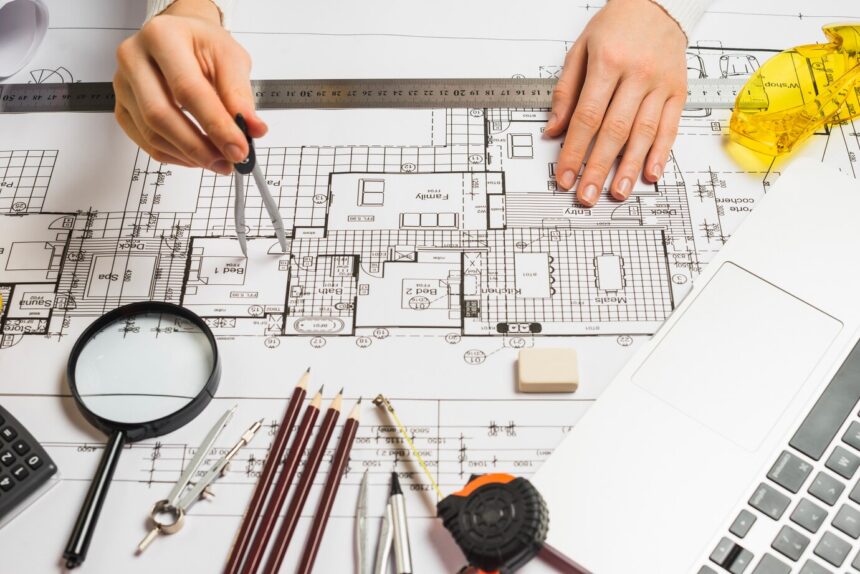Architectural design is the process of creating structures that not only serve a functional purpose but also captivate the eye, stir the soul, and stand the test of time. From ancient wonders like the Pyramids of Giza to modern marvels like the Burj Khalifa, architectural design has played a pivotal role in shaping civilizations, reflecting cultural values, and pushing the boundaries of human creativity.
Evolution of Architectural Design
The history of architectural design is a journey through time, marked by distinct styles, techniques, and innovations. From the classical columns of ancient Greece to the sleek lines of modernist architecture, each era has left its unique imprint on the built environment. Architectural design has evolved in response to changing social, economic, and technological landscapes, reflecting the aspirations and ideals of each generation.
Principles of Architectural Design
At its core, architectural design is guided by a set of principles that govern the relationship between form and function, aesthetics and utility. Balance, proportion, scale, harmony, and rhythm are key elements that architects consider when designing a structure. By carefully balancing these principles, architects create spaces that are not only visually appealing but also conducive to human activities and emotions.
Elements of Architectural Design
Architectural design encompasses a wide range of elements, from the overall form of a building to the smallest details of its interior. The choice of materials, the use of light and shadow, the arrangement of spaces, and the integration of technology all play a crucial role in shaping the final design. Architects must carefully consider how each element contributes to the overall experience of the building, creating a seamless and cohesive design that resonates with its users.
Sustainable Architecture
In an era of climate change and environmental degradation, sustainable architecture has emerged as a key consideration in architectural design. Architects are increasingly incorporating green building practices, energy-efficient designs, and eco-friendly materials to minimize the environmental impact of their projects. By prioritizing sustainability, architects not only reduce the carbon footprint of buildings but also create healthier and more livable spaces for occupants.
Cultural Influences on Architectural Design
Architecture is deeply intertwined with culture, reflecting the beliefs, values, and traditions of a society. Different cultures around the world have developed unique architectural styles that are a testament to their heritage and identity. From the intricate carvings of Indian temples to the minimalist elegance of Japanese architecture, cultural influences shape the form and function of buildings, creating a rich tapestry of architectural diversity.
Technology and Architectural Design
Advancements in technology have revolutionized the field of architectural design, enabling architects to push the boundaries of what is possible. Computer-aided design (CAD) software allows architects to create intricate 3D models, simulate environmental conditions, and test structural integrity with precision. Building Information Modeling (BIM) has transformed the way architects collaborate with engineers, contractors, and clients, streamlining the design process and improving project outcomes.
The Future of Architectural Design
As we look to the future, the role of architectural design will continue to evolve in response to changing needs and challenges. With rapid urbanization, climate change, and social inequality shaping our world, architects have a crucial role to play in creating sustainable, inclusive, and innovative solutions. The integration of technology, the exploration of new materials, and the embrace of diverse cultural influences will drive the next wave of architectural design, shaping the cities of tomorrow.
In conclusion, architectural design is a dynamic and multifaceted discipline that combines artistry, engineering, and creativity to shape the built environment. By understanding the principles, elements, and influences that define architectural design, we gain a deeper appreciation of the structures that surround us and the architects who bring them to life. As we navigate the complexities of the modern world, architectural design remains a beacon of inspiration, beauty, and possibility, guiding us towards a future where form and function coexist in perfect harmony.





